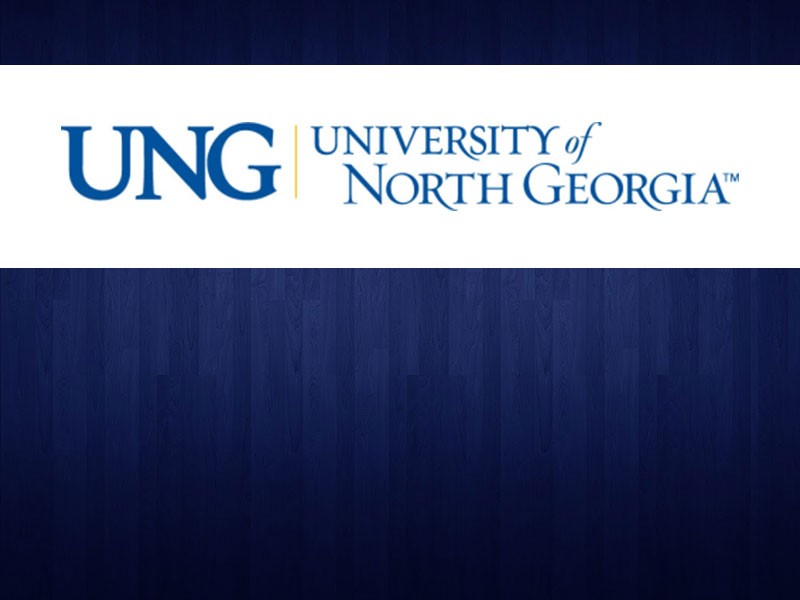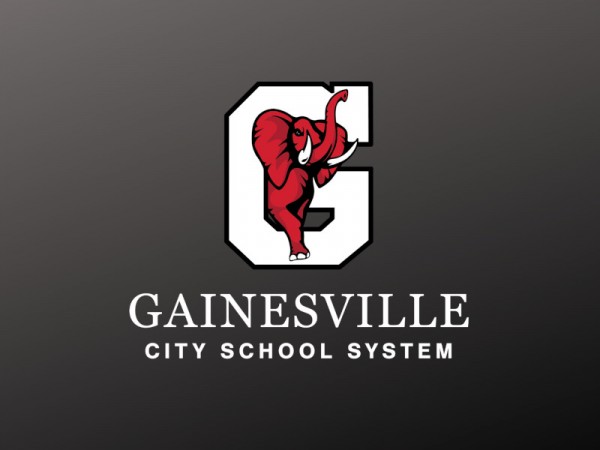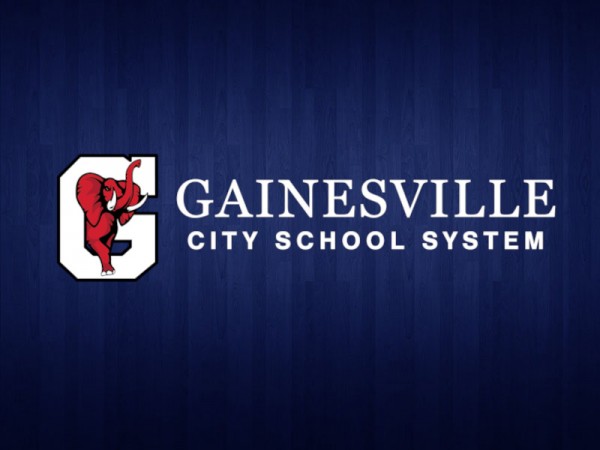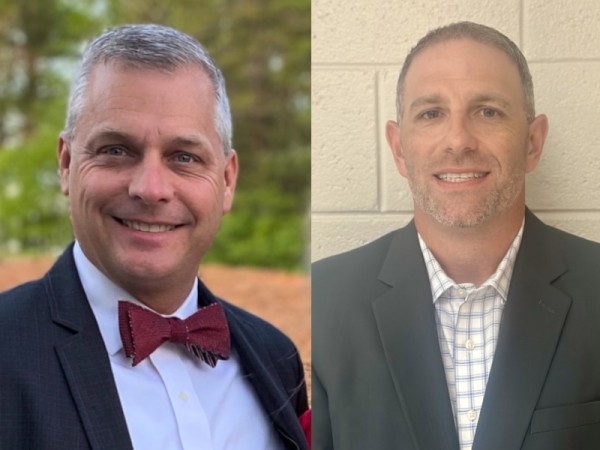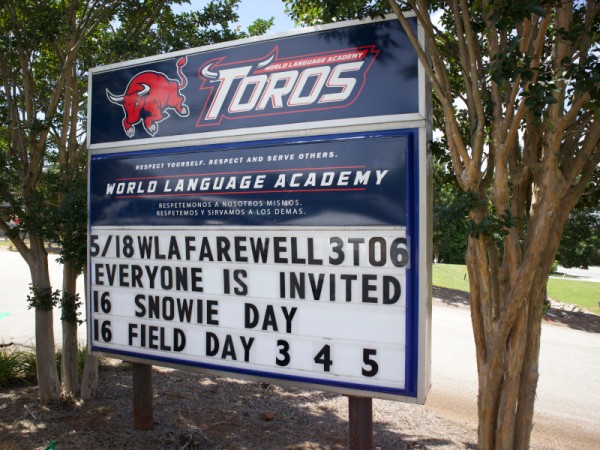Many high schools across the nation have difficulties hiring teachers who have a background in physics. However, the University of North Georgia has created a potential solution to this physics teacher shortage through a new department partnership.
UNG’s physics and astronomy department joined forces with the college of education to give physics majors more teaching opportunities.
April Nelms, associate dean of UNG’s college of education, said that professors created this program after witnessing an effective collaboration between local elementary school teachers seeking science endorsements.
“From that grew a program where we applied for funding to begin and kind of re-envision a Bachelor of Science in secondary education with a focus on becoming a physics teacher,” Nelms said.
University of North Georgia physics professor Sarah Formica heads this collaboration, which allows physics undergraduates to become learning assistants.
“Our learning assistants not only learn the physics that they need to help other students with, but they also learn ways of teaching and learning – what we call pedagogy,” Formica said. “Our undergraduate students get this opportunity to learn more about effective teaching practices, and they get to actually try it and become like teachers before they finish their degree.”
There are several different ways a UNG student can combine degree pathways to become a physics teacher.
“We provide opportunities for our students to major in secondary education if they want to, or they can major in physics and minor in education,” Formica said.
According to Formica, most high school physics teachers lack a major or minor in physics. If a high schooler had a poor experience with the subject during high school, it could prevent them from studying physics when they arrive at college.
“In physics programs across the nation, we typically have fewer majors in physics than we do in other sciences,” Formica said. “At UNG, we're pretty fortunate. We have a very strong physics program with lots of majors. But that's not usually seen in other physics programs around the country. A lot of that is due to the fact that students aren't getting a really great physics experience in high school.”
Since physics teachers are in high demand, Formica said that future physics teachers can often find a job at any high school in the country.
“The salaries are also really quite competitive,” Formica said. “Once we started talking to students about these things, then they started looking more into it.”
Physics students at UNG seem to be taking notice of teaching opportunities. Five UNG students are expected to graduate next year and teach physics.
While this initially may seem like a small number of physics teacher graduates, Formica pointed out that UNG’s physics department is far ahead of physics departments at other schools.
“If we're lucky, a physics program will produce one high school physics teacher a year,” Formica said. “Because honestly, most programs produce zero. We are on track to produce five in the next year, and five more after that. So we are really beating records here at UNG.”
When those five future physics teachers graduate next year, UNG could qualify for the PhysTEC 5 + Club. PhysTEC is a physics teacher education coalition to honor university programs that produce at least five physics teachers.
“We also want to let other physics programs know that this is something that they can do as well,” Formica said. “They can help to mitigate this problem of this physics teacher shortage. If they could just produce one or two physics teachers a year, that would make a great difference.”


